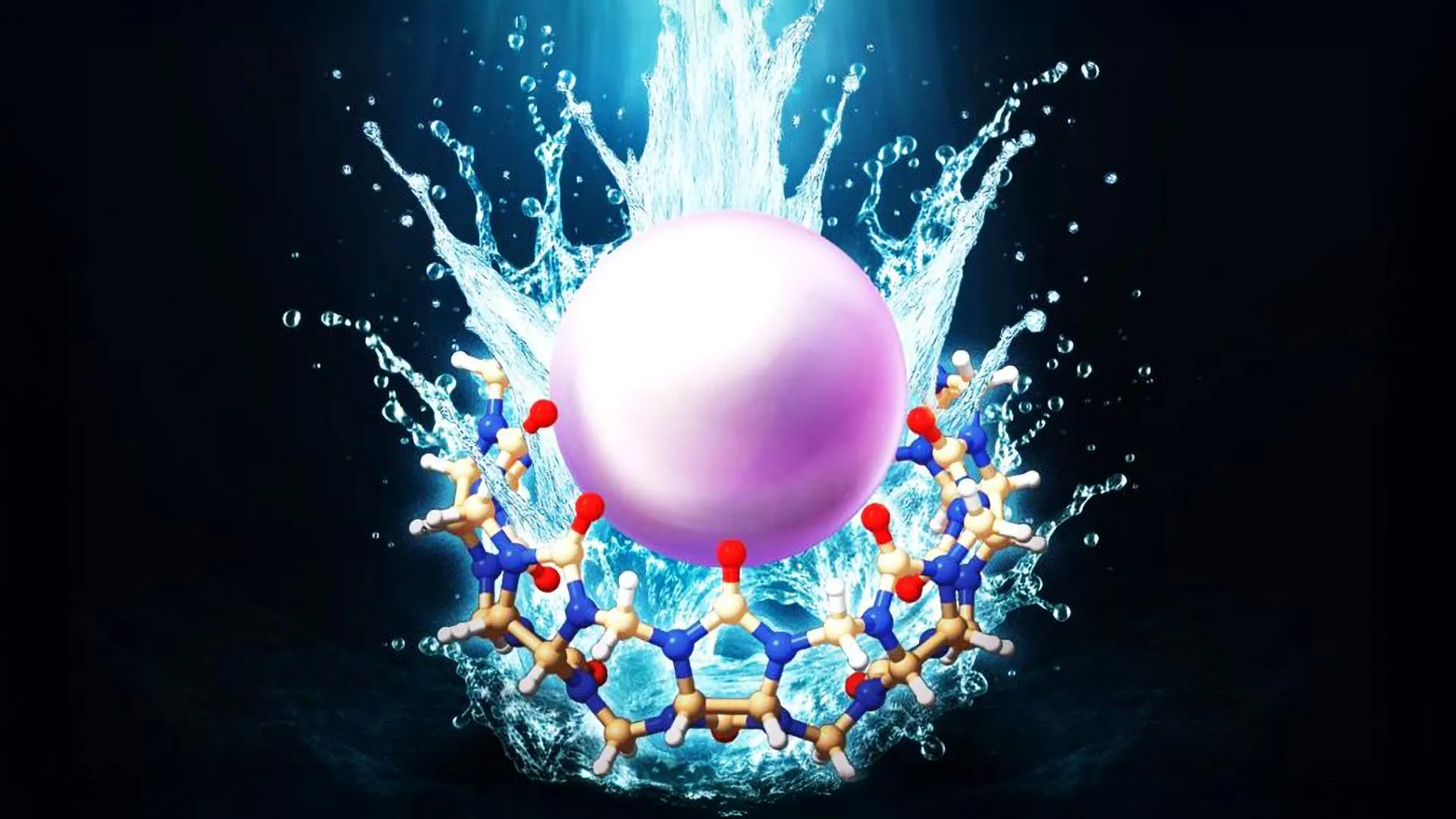
A fracture on Mars’s surface, taken in January 2018 by the European Space Agency’s Mars Express craft
ESA/DLR/FU Berlin
Thousands of mysterious quakes on Mars that only happen during summer are unlike any known earthquakes, puzzling scientists.
Since NASA’s InSight lander reached Mars in 2018, it has recorded thousands of marsquakes, including some surprisingly large quakes that indicate the planet is more seismically active than we first thought.
Now, Simon Stähler at the Swiss Federal Institute of Technology in Zurich and his colleagues have found a cluster of thousands of curious marsquakes detected by InSight that are unlike anything we have spotted on Earth. These quakes are rocking the planet at similar intensities each time and only happen during Martian summer months. “None of this is normal,” Stähler told the Lunar and Planetary Science Conference in Texas on 10 March. “It’s not what you expect.”
The quakes seem to only happen in the north of Mars, shaking the planet 10 times a day at their peak and then ceasing for the rest of the year. Stähler and his team saw this pattern during two consecutive Martian summers, with the second summer experiencing twice as many quakes as the first.
The clustered timing is “the weirdest thing about these quakes”, said Stähler. On Earth, the only mechanism we know for seasonal earthquakes like this is increased rainfall temporarily changing the rock composition. But Mars’s surface lacks liquid water, so that can’t be why these quakes are happening, said Stähler.
Earthquakes also tend to follow a pattern where, as they become incrementally stronger in magnitude on the Richter scale, they become around 10 times less frequent compared with weaker ones. But these Martian quakes have an even more dramatic pattern: the strongest ones were 100 to 1000 times less frequent than weaker ones.
“The real mystery, and the part that makes this very exciting, is the seasonality,” says Michael Sori at Purdue University in Indiana. Mars has seasonal processes, such as carbon dioxide-based ice that grows and retreats annually, which has been linked to avalanches, says Sori.
However, these avalanches are distant from where the marsquakes were detected, making them an unlikely explanation . “Maybe there’s some sort of equivalent seasonal process involving carbon dioxide ice at a different location that could be part of the answer,” says Sori.
Spend a weekend with some of the brightest minds in science, as you explore the mysteries of the universe in an exciting programme that includes an excursion to see the iconic Lovell Telescope. Topics:
Mysteries of the universe: Cheshire, England







